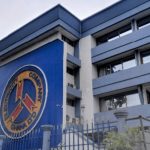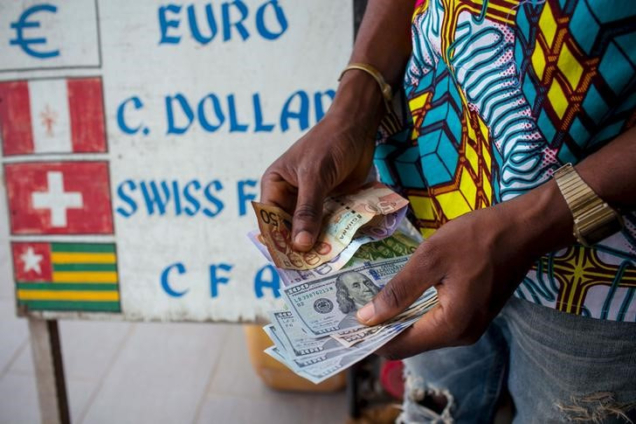A national strike called by the national executive of the Ghana Association of Medical Laboratory Scientists (GAMLS) has come to an end after a week of political and bureaucratic impasse.
After meeting the Parliamentary Select Committee on Health on June 1, Dr. Abudu Rahamani, the president of the GAMLS, announced that the union he leads would tell its members to return to work.
The national chapter of the GAMLS had called the strike in solidarity with members at the Komfo Anokye Teaching Hospital (KATH). Laboratory scientists at the KATH protested against the appointment of two doctors to the Haematology Unit of the hospital.
In the words of a former boss of the GAMLS, Dr. Franklin Nii Amartey, the appointments constituted an “imposition” since the members of the GAMLS-KATH were not a part of the decision-making process.
For Dr. Amartey, apart from this imposition, the appointments do not also augur well for the career trajectory of laboratory scientists who seemed to have been shown that no matter how far they come in their professions, physicians of the Ghana Medical Association (GMA) would most likely occupy leadership positions in healthcare administration.
Lab professionals at the KATH began a sitdown strike on May 20 after an initial request to have the appointees withdrawn was rejected. The story did not make national news until the GAMLS national executive asked all other branches of the body to strike in solidarity with KATH.
Observers may see the present disagreements between the GAMLS and the GMA as another iteration of historical tensions between the two major unions in Ghana’s healthcare system.
In 2018, for instance, the GAMLS at the Korle-Bu Teaching Hospital denied claims by the GMA that lab scientists impeded the work doctors had to do. The GMA had claimed that its doctors were prevented from entering laboratories at Korle-Bu.
This fracas sometimes went beyond the two unions to include other unions who chose sides. On May 31 this year, the Ghana Federation of Allied Health Professions (GFAHP) asked all its members to wear red armbands in support of the GAMLS’ call for the KATH Haematology Unit appointments to be withdrawn.
Dr. Amartey cited a policy document that intended for fairer opportunities for different professionals in the health sector to rise in public administration. However, according to Dr. Amartey, physicians have been able to obscure opportunities for other professionals at KATH and elsewhere.
“And the only reason they have been able to do that is, whether we like it or not they are in the ultimate management positions,” Dr. Amartey said on TV3 at the end of last week.
The National Labour Commission (NLC) had also declared the strike by the GAMLS illegal. The NLC went to court to seek an ex-parte injunction against the strike and force lab scientists to go back to work.
Speaking to the press after his meeting with Members of Parliament, Dr. Rahamani affirmed that his outfit had considered the injunction secured by the NLC as well as the “goodwill we have received from the Parliament Select Committee on Health”.
He then appealed “to our members of the KATH chapter, as well as all the regional chapters who took action in solidarity with KATH, to remain calm and return to work so that we will have the opportunity to review all the matters arising for further decision to be taken”.















